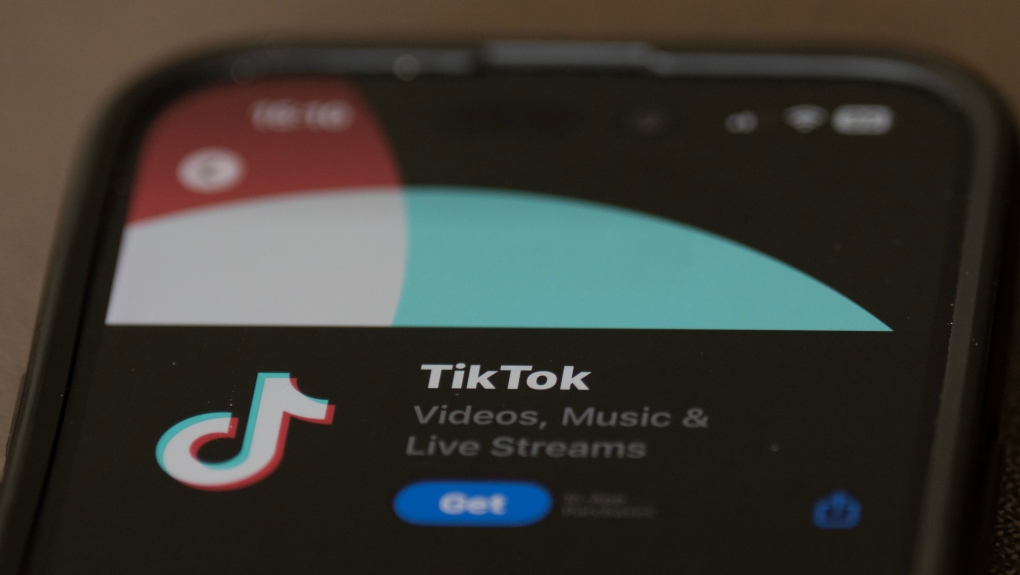Have you ever received a text for a package that you didn’t order?
Canadian Centre for Cybersecurity’s Director General Melanie Anderson says “smishing,” a term for SMS-text based phishing scams, is now one of the common scams in Canada.
It’s one of a few types she highlighted during an interview with CTV Your Morning on Thursday in a segment about popular phishing scams and what to do if you’re targeted.
Anderson advises Canadians targeted by smishing to delete the texts, as well as report them to 7726 (SPAM), a number that then alerts cellular providers and prompts an investigation into the contents of the messages.
The Government of Canada offers the same advice.
As the world witnesses a rise in the use of artificial intelligence, the “vishing” method is becoming more prevalent and complex.
Short for voice fishing, this involves threat actors, or “vishers,” using fraudulent phone numbers, voice-altering software and other social engineering tactics to entice people to divulge personal and sensitive information over the phone.
Potential victims of these scams are asked to report the calls to the Canadian Anti-Fraud Centre and to local police.
Another popular phishing scam is “quishing,” which involves utilizing QR codes that look real, but could actually lead to websites that steal personal information.
Anderson advises people to be safe and just “don’t use a QR code,” even in circumstances that may seem safe, because cyber criminals can place fake QR codes over authentic ones.
According to Canada’s Anti-Fraud Centre, Canadians were scammed out of $554 million in 2023 alone as a result of scams and fraud. This is compared to $531 million in 2022.
As these scams evolve and become more advanced, Anderson warns, potential targets need to “be critical” of what they’re seeing and receiving.




